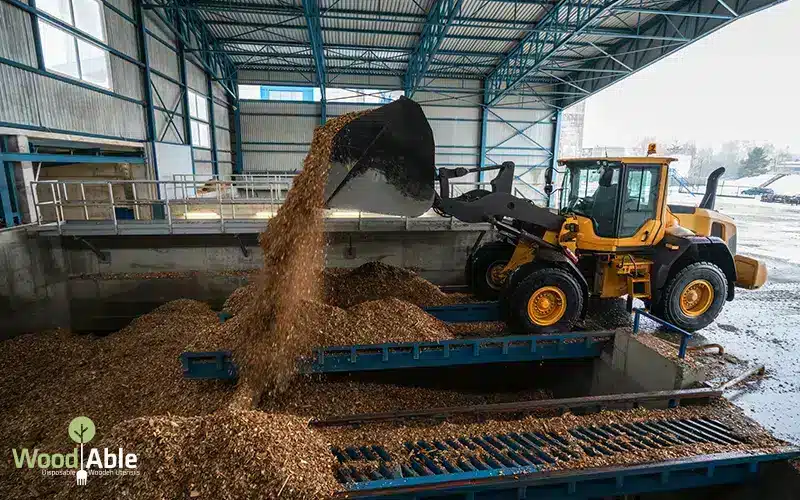WoodAble Blog
Not All Composting is the Same
Industrial composting is completely different from home composting. Each works in very different ways to break down compostable material.
Home or community outdoor composting is acceptable for ‘green’ and ‘brown’ matter such as grass clippings, twigs and kitchen scraps that are not animal-related. Occasionally turning these clippings and scraps over with a pitchfork or shovel allows air into the compost heap, so it can decompose completely into all-natural, nutrient-dense soil for planting.
Industrial composting (also called commercial composting) is done in a highly controlled, enclosed drum, silo or concrete trench that allows composters to use enzymes and mechanical means to break down animal products such as meat, bones, dairy products, fats and grease, plus certified compostable plastics and wood products. This method reduces the breakdown time of compostable plastics, for example, from 500 years to just three months. It also reduces the output of byproduct methane from animal wastes because they decompose so much faster.
Any kind of organic decomposition creates both methane and carbon dioxide gasses. Trees absorb the carbon dioxide, but methane takes 10 to 20 years to break down in the atmosphere. Methane is the foul-smelling gas prevalent at landfills, where things decompose improperly and belch large amounts of byproducts as a result.
When waste is broken down in aerated conditions such as backyard compost piles, or through the accelerated decomposition of industrial composting, the result is substantially less methane production.
Methane output is 28 to 34 times greater than carbon dioxide in the contribution to global warming, so cutting down on methane emissions immediately is a priority for our planet’s health.
Check locally to see where commercial composting is available.

